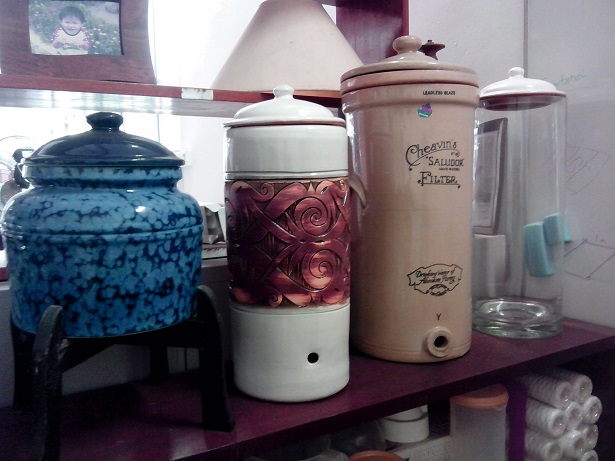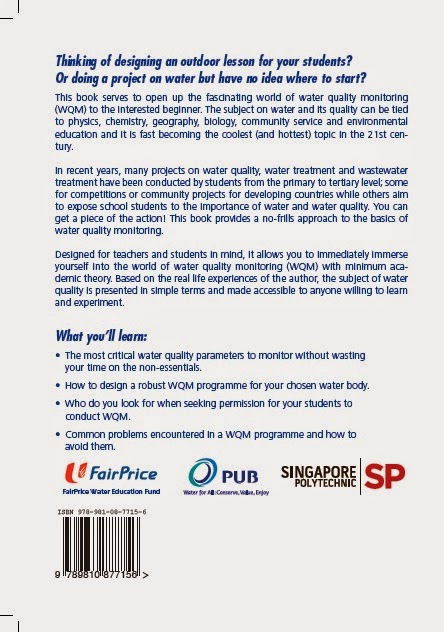Rainwater Collection of the Mechanically Challenged by Suzy Banks and Richard Heinichen
I came across this when I was working on my RWH project and found it immense useful, especially for the DIY homeowner.
Written for the layperson (that included me when I first started out on RWH), it is simple to read. It doesn't bore you down with details. Instead, it gets straight to the point of setting up your RWH system, supplemented with simple diagrams that anyone can follow and implement.
Though designed for the DIY homeowner, it is also useful to help you know what you are getting into even if you intend to let a contactor handle the installation.
I especially like the section on sizing your rainwater storage tank. (Yes, you do need a storage tank for RWH and this will take up the most space.) It is clear and the mathematics simple. I can hardly find similar information elsewhere.
There is a section on troubleshooting which will come in handy when (not if) you encounter operational problems.
Of course, its strength and limitation is the assumption that you are living on landed property. Its ideas are based on the private home setup. For example, the setup is based on using the roof as the collection receptacle and gutters to pipe the rainwater for storage. If you are installing RWH elsewhere e.g. industrial/commercial buildings, this book does not offer alternatives so you have to read up more and customise accordingly.
Essentially, their setup is made up of:
(The order below follows the flow of rain on the roof all the way to the tap.)
- Roof
- Gutters
- First flush diverter
- Storage tank
- Pump (+ electrical components)
- Pressure tank (+ electrical components)
- Filters
The book discusses concisely and clearly how to set up the above components to make them work as an efficient whole. I find their descriptions adequate for you to go down to the bolts and nuts on your own but yet not excessive that you are overwhelmed by indecision leading to inaction.
Besides the landed property assumption mentioned above, do note that the setting in the book is based on Texas in USA. If you are from another state or country, obviously, you have to double check your local laws on RWH which may or may not coincide with what the authors suggest.
For those in Singapore, it is mandatory to read the following:
- PUB Guidance notes for the application of rainwater collection systems
- NEA guidelines on mosquito prevention in domestic rainwater collection system for non-potable uses
A couple of highlights from the above 2 documents
- The application to PUB for a RWH system has to be lodged by a qualified person (PE or architect). Unless you are a QP yourself, be prepared to engage one (with a budget for his fees) to apply on your behalf.
- If you are going to use gutters, your application will be routed to NEA for its approval too. And they have certain guidelines for your gutter design to comply with.








No comments:
Post a Comment